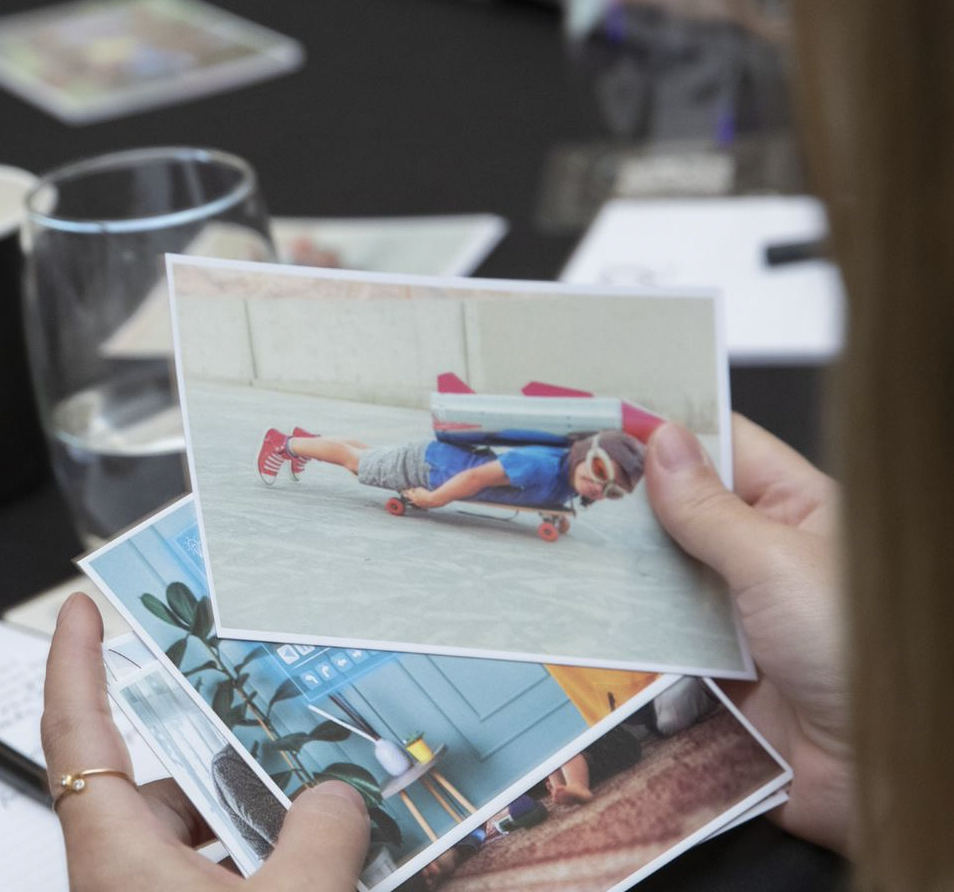Transforming Early Learning: Methodology

ABOUT COLLECTIVE VISIONING
What is futures thinking?
Collective visions emerge over time from the exploration of a wide range of desired and plausible futures. This exploration is facilitated by futures thinking.
Futures thinking does not attempt to predict the future. Rather, it is a creative and exploratory process that uses divergent thinking, seeking many possible answers and acknowledging uncertainty. It's a different mind-set to analytical thinking which uses convergent thinking to seek the right answer and reduce uncertainty.
There are many possible futures. Judgment of what is possible, plausible, probable, or even preferable, will differ between people and over time. This is what makes inclusive and collective discussions about the future so engaging and important. It is these discussions which can generate rich insights into the future, and inform decisions in the present.
Futures thinking has a range of innovative and interactive methods to help people uncover unique insights for the longer-term. The intentional of each method is to help participants to move beyond the default frames of likely-unlikely or desirable-undesirable futures, to question assumptions and to explore a wider lens of possibilities.
How is it done?
To put it simply, futuring has four phases that build on each other:
- Phase 1 – reveal: a chance for participants to share their individual expectations and images for a desirable future and to explicitly discuss their assumptions about the topic
- Phase 2 – reframe: a collaborative opportunity to imagine the future through a frame that is distinct from the ones revealed in phase 1. We achieve this by experimenting with different sets of key drivers and assumptions to stretch the imagination and craft an alternative future scenario.
- Phase 3 – rethink: when participants come back to the present and look at the futures they explored, search for new issues that have emerged and ask powerful new questions
- Phase 4 – respond: driven by the questions raised in phase 3, this phase is about ideas for learning and gaining new knowledge. It can include projects, prototypes, and action learning plans.
